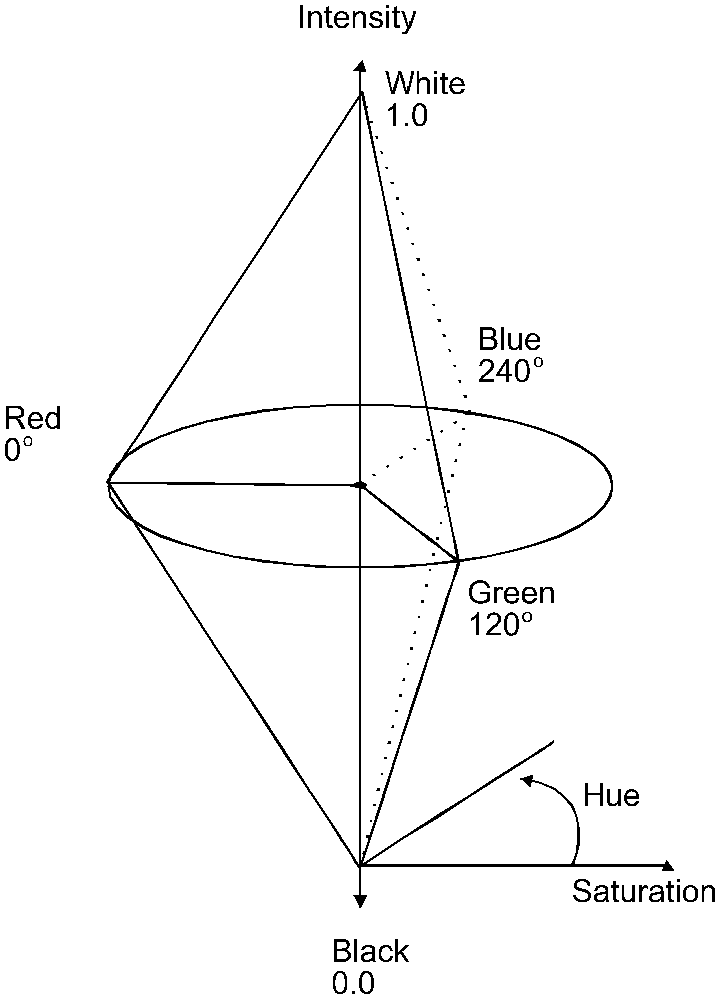
EthoVision color identification: A new method for color tracking using both hue and saturation
A.J. Spink, M.O.S. Buma and R.A.J. Tegelenbosch
Noldus Information Technology b.v., Wageningen, The Netherlands
Tracking animals using pattern analysis of a monochrome video image which distinguishes objects by their size is a technique that has its limitations. In practice many systems using that method only track a maximum of two objects (unless one is not concerned with distinguishing individuals), and if both objects are the same size, it can sometimes even be difficult to track more than one. Color tracking (that is, identifying an individual by its color, or the color of a marker attached to the object) can be used to track more animals simultaneously, for example up to 16 per arena using EthoVision® Color-Pro 2.0. EthoVision's color tracking can be used to track a variety of different species, and has been used successfully with a number of animals, including rats [2,4], pigs [5] and fish [6].
In this paper we outline the advantages of using color tracking, and the theoretical framework on which it is based. EthoVision Color-Pro 2.0 can use both the hue and saturation components of the hue-saturation-intensity (HSI) color space model (Figure 1) to track objects. Previous versions of EthoVision (EthoVision for DOS 1.95 [1]) only used the hue component; the new method gives significantly better results. If both hue and saturation are used to define the objects' color, EthoVision can distinguish objects which are more similar in color to each other than if only using hue (for example objects with the same hue but differing saturation values), which is why the system can cope with as many as 16 objects (under appropriate conditions). In addition, the use of these two complementary detection descriptors makes the object identification more robust, so that, for instance, objects can be tracked more reliably if the light intensity (brightness) is uneven across the arena.
The new version of EthoVision also has a redesigned user interface (Windows 95, 98, 2000), making it much easier to train the system to identify an object by its color. During the presentation, the user interface will be explained, and there will be a demonstration of how to carry out color tracking using the EthoVision program. Finally, practical aspects of color tracking, will be discussed, including methods of marking animals, difficulties with lighting and similar technical aspects of setting up an EthoVision system for use with color tracking.

Paper presented at Measuring Behavior 2000, 3rd International Conference on Methods and Techniques in Behavioral Research, 15-18 August 2000, Nijmegen, The Netherlands